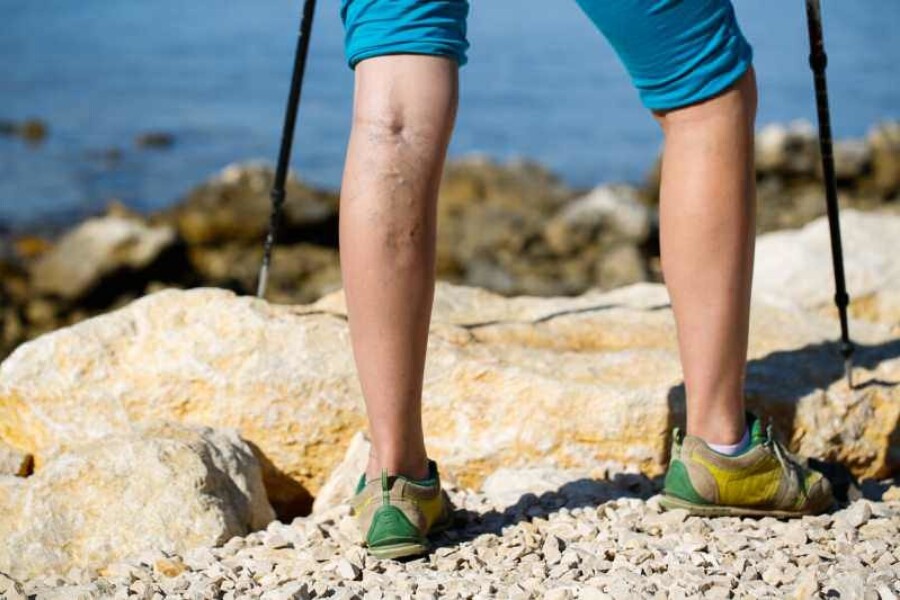What Actually Causes Venous Disorders?

Millions of Americans are all too familiar with the symptoms of varicose veins, but what many don’t know is that there are many different causes of venous disorders.
Many of us suffer from varicose or spider veins, and the resultant swollen and sore lower extremities can make a walk around the block a tall order. That’s not to mention the potentially life-threatening repercussions of failing to treat these ailments at the outset.
Luckily, there are plenty of accessible and affordable treatment options available, but it’s important to also understand what’s actually causing all these issues. What’s at the root of common vein disorders?
Venous disorders are a result of reduced function in the veins in your feet and legs. Over time, the valves in the vein walls that work to pump blood toward the heart and against gravity can weaken, allowing blood to flow backward and pool in the legs and feet. This causes what doctors call venous reflux. In more serious cases, veins and valves deeper inside the body can weaken and expand as part of a condition known as chronic venous insufficiency (CVI).
Causes and Risk Factors
While there are a number of factors that can lead to a diagnosis of vein disease, one of the most notable contributors is prolonged sitting. Given the increased pressure and force of gravity on the legs, sitting for extended periods of time can both cause and exacerbate the symptoms of vein-related disorders. Whether due to work or other lifestyle demands, people who sit at length will likely experience increasingly achy, tired, and heavy legs. This lack of motion encourages blood pooling, which can cause the formation of varicose veins along with more dangerous conditions.
The likelihood of developing a vein disorder notably increases with age. Varicose and spider veins are also more likely to occur in women than men, potentially due to hormonal impacts in the vein walls. And perhaps the most prominent of these contributing factors is family history.
However, inactivity and a sedentary lifestyle are widely correlated with vein disorder, and are also among the easiest risk factors to manage. Remaining active is an essential component of any healthy lifestyle, and when it comes to the health of your veins, even incorporating two 20-minute walks into your weekly routine can help keep venous disorders at bay.
Other behavioral changes can also help prevent and deter vein disease. Shifts in lifestyle, like small dietary changes, can be particularly effective. Even simpler actions, like stretching your legs throughout the day and wearing looser-fitted clothing can help encourage needed blood circulation and prevent painful vein disorders down the road.
Available Treatments
Thankfully, in recent years, doctors and medical researchers have developed many non-invasive procedures to help treat and often cure the symptoms of persistent vein disorders.
Available treatments include:
Compression stockings
Sclerotherapy
Laser treatments
Radiofrequency treatments
If you’re experiencing symptoms related to a venous disorder, schedule an appointment with a vein specialist today. With many affordable and effective options available, the Center for Vein Restoration can help you determine the best treatment plan going forward.